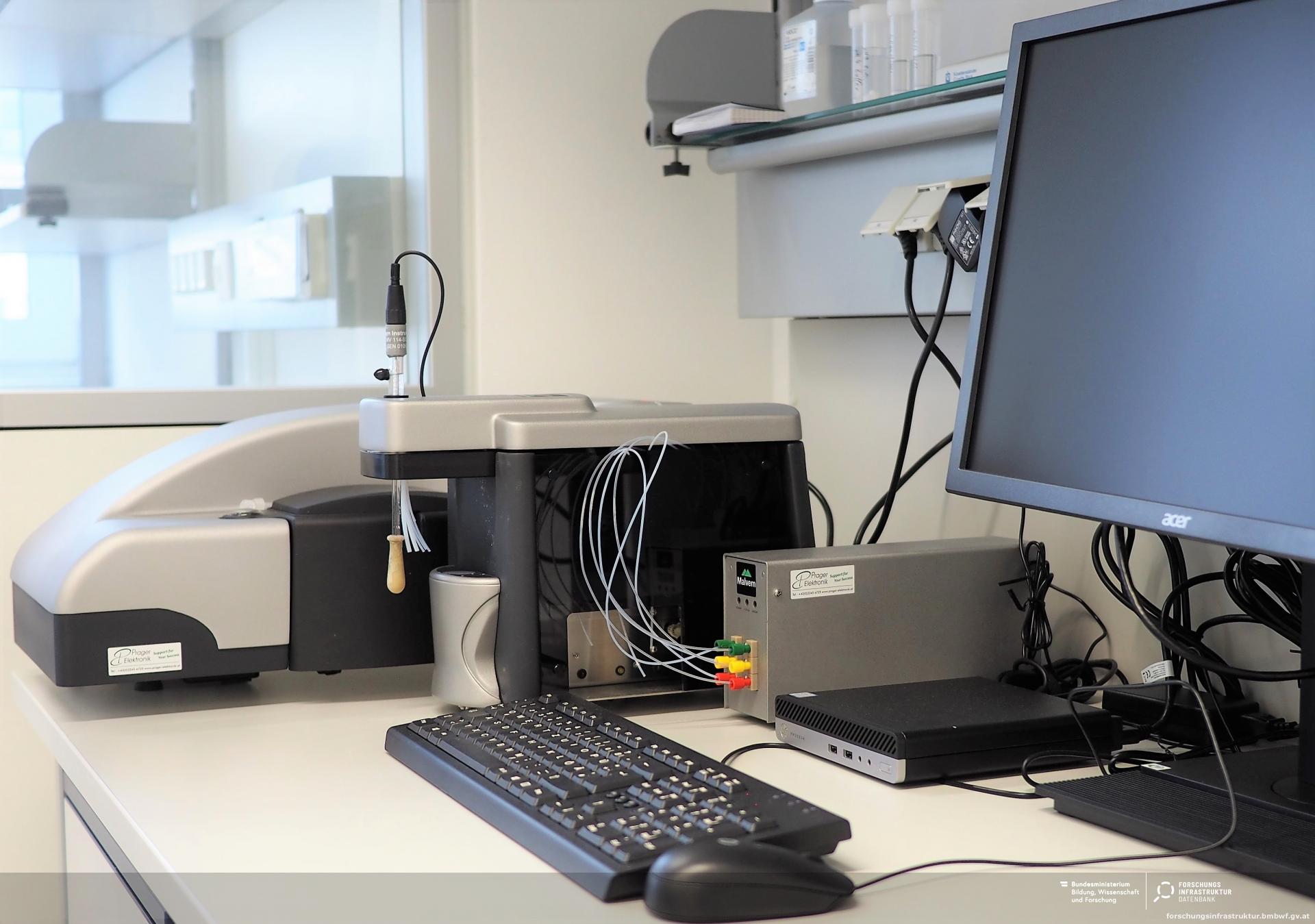

Compliance with regulatory standards ISO 13321, ISO 22412, 21 CFR Part 11.Dilute suspensions containing 0.1 wt of zeolite were ultrasonicated for 10 minutes. Minimum sample volume 2µL ZMV1012 Low-volume quartz batch cuvette for size and molecular weight measurements for use with the Zetasizer µV. ZMV1002 Low-volume quartz batch cuvette for size and molecular weight measurements for use with the Zetasizer µV. At-line process systems available for control of nanoparticle manufacture. The zeta potential () and the average particle size were measured by dynamic light-scattering (DLS) measurements at 298 K on a Zetasizer Nano NS (Malvern Instruments, Worcestershire, UK) on dilute suspension (0.1 wt) in de-ionized water. Compatible with the Zetasizer Nano ZSP, ZS, Z and ZS90.Low volume requirement (as little as 3µL).

MALVERN ZETASIZER VS DLS SERIES
MALVERN ZETASIZER VS DLS SOFTWARE
Simple, material independent measurement of per peak particle concentration. diameter) is the intensity particle size distribution displayed within the Intensity PSD Report in the Zetasizer Nano software (see figure below).The patented non-invasive backscatter (NIBS) system is used in the. Multi-Angle Dynamic Light Scattering (MADLS®) improves the resolution of DLS and provides angular independent size results. range and how each optimizes sensitivity for small and dilute samples.Accurate, reliable and repeatable particle size analysis in one or two minutes.Analysis of these intensity fluctuations yields the velocity of the Brownian motion and hence the particle size using the Stokes-Einstein relationship.ĭynamic Light Scattering technology from Malvern Panalytical offers the following advantages:

The Brownian motion of particles or molecules in suspension causes laser light to be scattered at different intensities. DLS-fractogram: Silica NP separation using Centrifugal FFF coupled with DLS Malvern Zetasizer Nano S (dark blue) and ZSP (light blue), red dots hydrodynamic radii. ZSP Coupled Online with Centrifugal Field-Flow Fractionation Fig. Typical applications of dynamic light scattering are the characterization of particles, emulsions or molecules which have been dispersed or dissolved in a liquid. Comparison of Sensitivity: Silica Nanoparticles studied by Zetasizer Nano S vs.


 0 kommentar(er)
0 kommentar(er)
